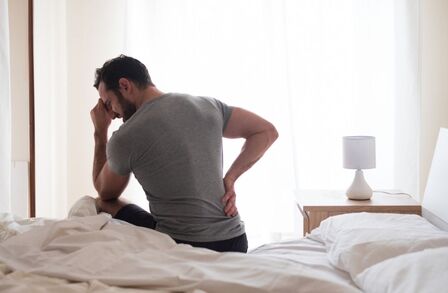It is one of the most common joint problems with 595 million people being affected by it as of 2020.[1] Within Australia, 1 in 5 over the age of 45 have osteoarthritis.[2] Those with this condition may talk about pain that is gradual in onset and worsens with activity, feels stiff (reduced range of motion), increased swelling, and pain after prolonged sitting or resting.
Research shows many factors can contribute to Osteoarthritis including injury to the joint, pre-existing joint diseases, obesity, thoughts and even gut health.
The latest research demonstrates a new approach can bring hope that pain can be reduced, function can be improved, and the progression of Osteoarthritis be slowed down by specific rehabilitation and input. It is estimated that approximately 344 million are experiencing severity levels of moderate or severe levels of Osteoarthritis who could benefit from this type of specific rehabilitation.[3] This could be to avoid or delay joint surgery or pre-habilitation prior to joint replacement surgery being considered or undertaken.
There are 3 inter-related areas that have been described in 'The Knee Osteoarthritis Handbook' by Mosely, Butler & Stanton (2023), as being key to assisting in the management of this condition including:
- Increasing physical activity - build strength and mobility in the affected area to be able to feel stronger and fitter, reduce inflammation and lose weight
- Decreasing inflammation within the body - improve capacity for movement, improve the healthiness of your joints and body
- Increasing knowledge within the area (if you’ve read up to this point, you’re already starting this process!) - enhance your capacity to problem-solve and plan for the ways to achieve you functional goals and aspirations, as well as reduce your body’s stress and inflammatory response.



 RSS Feed
RSS Feed